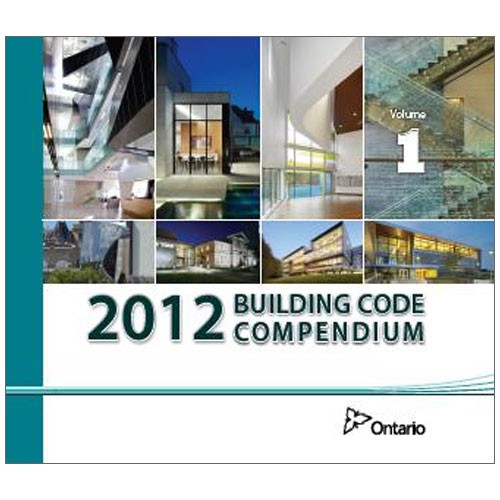The construction industry is constantly developing. With advances in processes and technology every year, it is necessary to update standards to ensure designers and constructors are using the best practices for the built environment.
Effective January 1, 2020, Amendments to the current Ontario Building Code (OBC) take effect. While there are quite a few changes [256], we wanted to take the opportunity to highlight the Top 12 code changes that impact the Mechanical, Electrical and Plumbing portions of design and construction, and the affect they could have on your building projects.
Supply, Return, Intake & Exhaust Air Openings
New minimum separation distance requirements have been laid out including a table highlighting specific locations of Outdoor Air intakes and the required separation from exhaust openings. This table has been added to minimize the potential for contaminants to re-enter a building’s air supply.
Laundry-Drying Equipment
While the requirements for exhaust duct systems relating to laundry dryers were already in the OBC before January 1, there are new provisions included for Part 9 buildings. These provisions include requirements for the exhaust ducts to discharge directly to the outdoors as well as the requirement for laundry drying exhaust to be independent from other exhaust ducts. Likewise, if multiple dryers are vented together, the new provisions require a central exhaust fan with an interlock to activate when any piece of laundry equipment connected to ducts is in use.
Plumbing Fixtures
The requirement for automatic touch-less faucets on lavatories in non-dwelling units is not a new requirement. What has changed is now there is an option for manually controlled faucets that have lever type handles, do not require application of continuous force to operate and provide at least 10s of water flow, if metered. This has been added as an alternative to the automatic faucets.
Interceptors
Specifications for requirements for grease Interceptors have been added into the OBC, with the selection and installation requirements being listed as CSA standards B481.0 & B481.3.
Stainless Steel Piping
This is a big addition to the OBC. New provisions included in the updates now allow the use of Stainless Steel piping, fittings, tubing and flanges. This is permitted in various uses such as Water distribution, Drainage, Venting and Building sewers
Water Supply Fittings
This isn’t a new addition to the OBC, but comes with some changes worth noting. New max flow rates for lavatories in Residential and other occupancies have been reduced. Additionally, automatic shut offs for lavatory water flow is now required in fixtures for public use, to avoid accidental flooding
Electric Vehicle Charging – Deleted
This section of the OBC has been removed. The requirements for EV charging stations will be at the local Building Department discretion for implementation. This will save you some initial investment as a result of the buildings electrical service size not being oversized to accommodate the extra loads.
Smoke Detectors in Lieu of Smoke Alarms
As an improvement to the Smoke alarm section of the OBC, Smoke Detectors with horns or speaker/strobes can now be used in lieu of smoke alarms in Residential Fire Warning Systems.
Make Up Air Units
To limit smoke movement, make up air units serving public corridors are no longer to be automatically shut-down on signal from the fire alarm system in order to maintain corridor pressurization. Duct Smoke Detectors requirements have not been revoked.
Emergency Lighting in Public Washrooms – Required
This is an example of something that has often been implemented as a best practice for public spaces, but the 2020 OBC changes now mandate emergency lighting be provided in public washrooms.
Essential Power Panels
Electrical panels that are part of the essential power distribution system are now required to be located in service rooms with a minimum one hour fire separation rating.
Dangerous Goods Storage Rooms
A 2 hr fire Resistance rating is required for rooms that store dangerous goods including oxidizers, organic peroxides and reactive materials.
Universal Washrooms – Door Operators
Universal washrooms must be equipped with a powered door operator and be capable of being locked from the inside and released from the outside in case of emergency.
While this is not a complete or comprehensive outline of all the changes coming into effect on January 1st, we hope that this has helped generate some thought on how these may affect your projects. If you have additional questions about the remaining code changes or require clarity on the list above, please contact us at info@callidus.ca
Let’s work together to make your building or construction project work!


